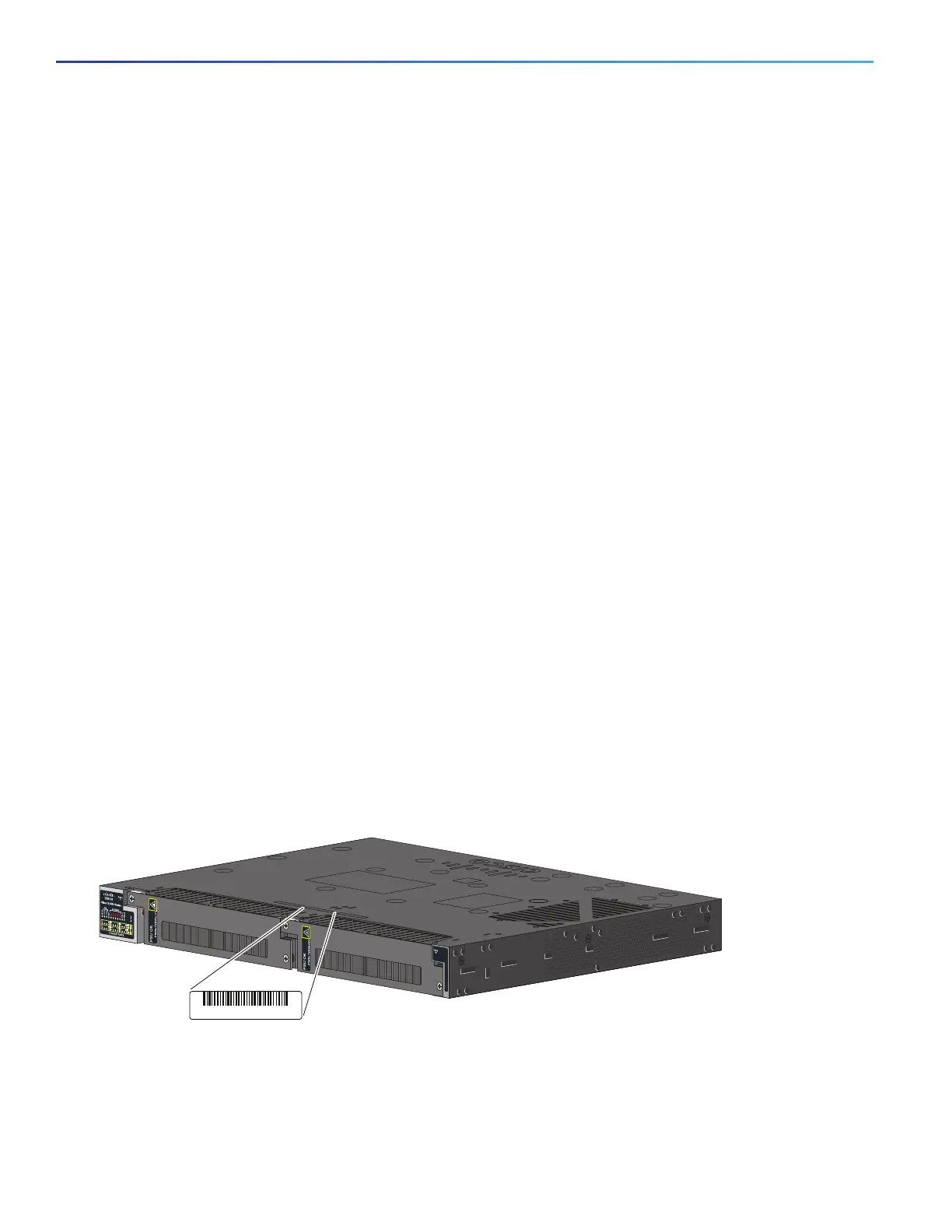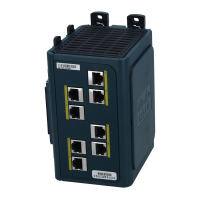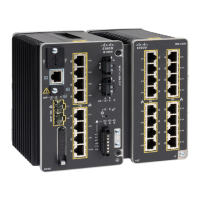62
Troubleshooting
Resetting the Switch to the Factory Default Settings
Autonegotiation and Network Interface Cards
Problems sometimes occur between the switch and third-party network interface cards (NICs). By default, the switch
ports and interfaces autonegotiate. Laptops or other devices are commonly set to autonegotiate, yet sometimes issues
occur.
To troubleshoot autonegotiation problems, try manually setting both sides of the connection. If this does not solve the
problem, there could be a problem with the firmware or software on the NIC. You can resolve this by upgrading the NIC
driver to the latest version.
Cabling Distance
If the port statistics show excessive FCS, late-collision, or alignment errors, verify that the cable distance from the switch
to the connected device meets the recommended guidelines. See Cables and Adapters, page 73.
Resetting the Switch to the Factory Default Settings
Follow these steps to return your switch to the factory default settings.
Note: Resetting the switch deletes the configuration and reboots the switch.
To reset the switch:
1. At the switch prompt, enter enable, and press Return or Enter.
2. At the Privileged EXEC prompt,
switch#, enter setup and press Return or Enter.
The switch displays the prompt to run the initial configuration dialog. See Configuring the Switch with the CLI Setup
Program, page 81
Finding the Switch Serial Number
If you contact Cisco Technical Assistance, you need to know the switch serial number. Figure 52 on page 62 and
Figure 53 on page 63 show the serial number locations. You can also use the show version privileged EXEC command
to see the switch serial number.
Figure 52 Serial Number Location for Cisco IE-3010-24TC and IE-3010-16S-8PC Switches
